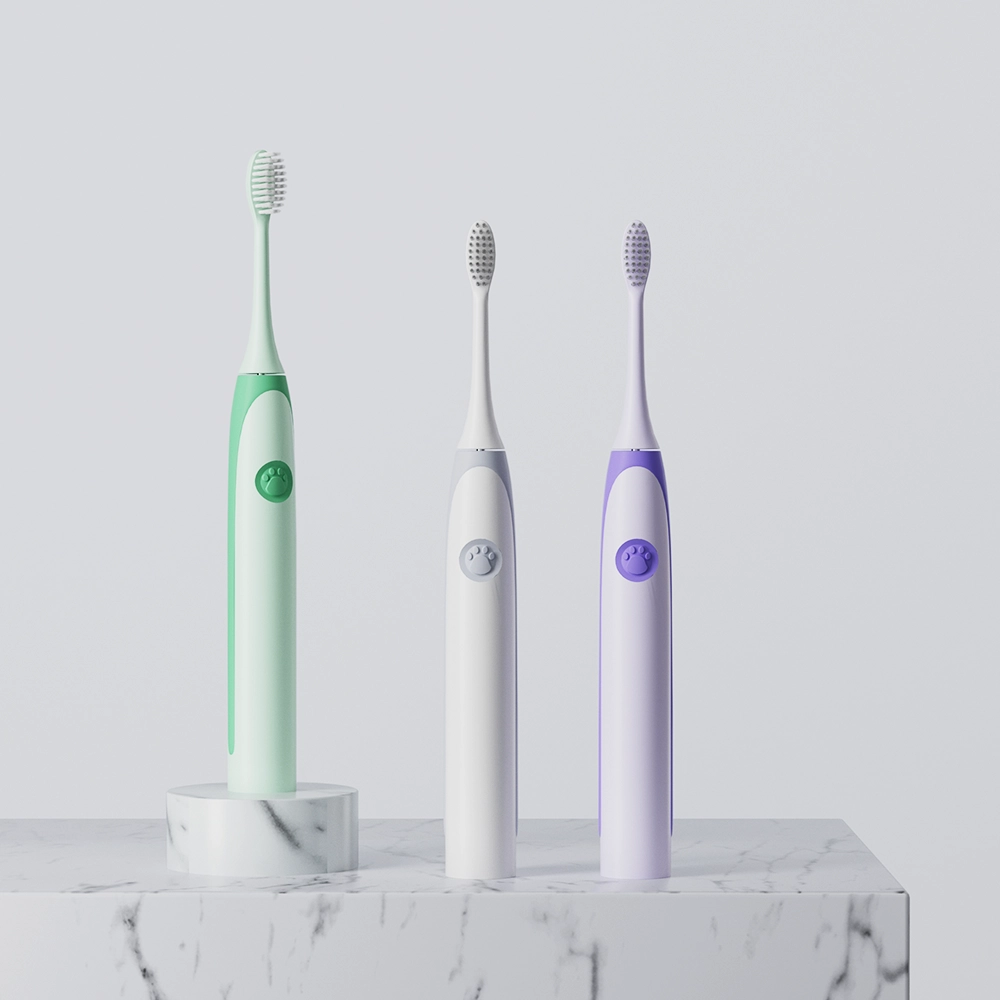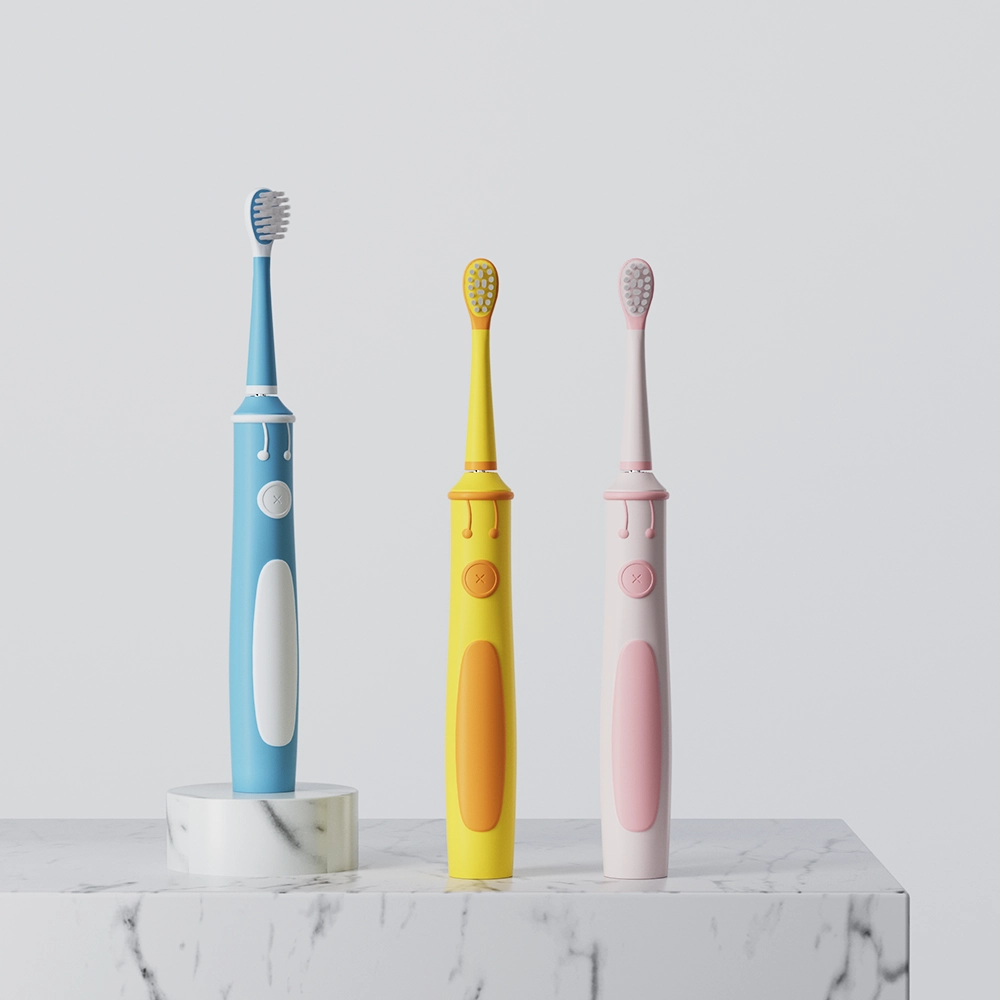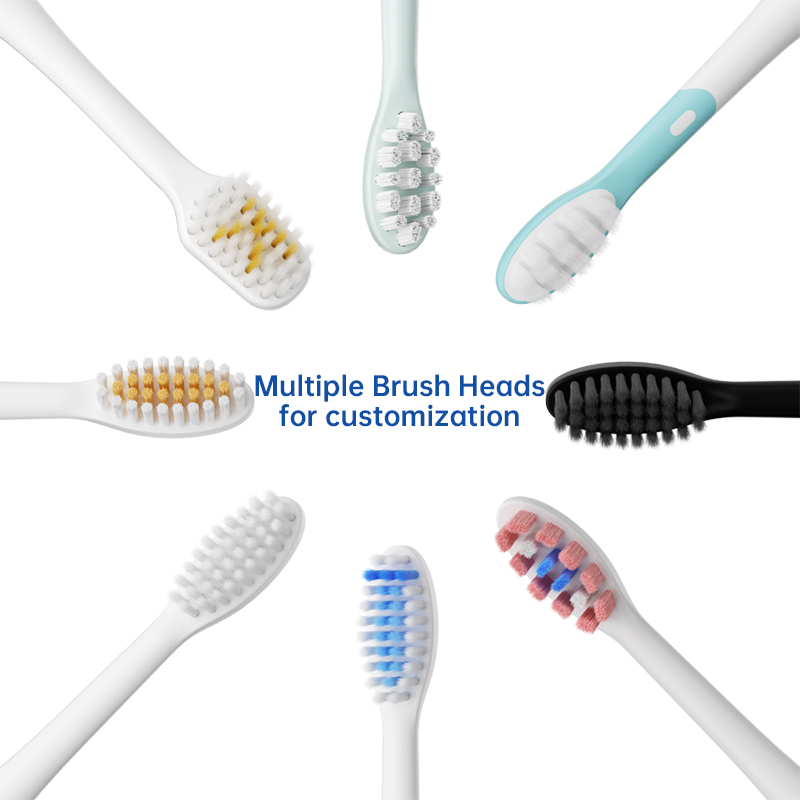When buyers evaluate electric toothbrush SKUs for Chicago channels, they often face a choice: stock a Chicago ADA toothbrush that emphasizes broad consumer trust, or a Chicago clinic toothbrush positioned for professional endorsement and clinic workflows. For B2B manufacturers, distributors, and retail buyers the right selection depends on channel, margin targets, regulatory claims, and after-sales servicing. Below are six practical dimensions to decide which product to develop, stock, or recommend.
First, match product attributes to the sales channel. A Chicago ADA toothbrush is typically aimed at mass retail and pharmacy aisles where the ADA-style endorsement (or clinically backed messaging similar to an ADA Seal) helps consumers convert at shelf. Conversely, a Chicago clinic toothbrush is sold through dental clinics, professional partners, or specialty channels where clinicians influence purchases and emphasize clinical outcomes, patient education, and case management.
Consequently:
Next, understand how claims differ. The term “ADA” evokes a recognized clinical standard; whether you pursue official ADA Seal, seal-like validation, or independent clinical studies, your Chicago ADA toothbrush must be supported by clear, repeatable evidence for plaque reduction and safety. A Chicago clinic toothbrush often emphasizes clinician-grade metrics (gingival health, sensitivity modes, periodontal-safe features) and may rely on white-paper clinical trials or dental society endorsements rather than consumer-facing seals.
Practical advice for manufacturers:
Then, align engineering specs to expectations. A Chicago ADA toothbrush must balance demonstrable efficacy with broad usability: reliable motor performance, validated head geometries, safe pressure profiles, and strong lifetime/head-replacement economics. A Chicago clinic toothbrush will often require additional technical bells: multi-mode therapy (sensitive/periodontal), pressure sensing with clinical thresholds, replaceable hygiene-critical components, and sterilizable or easily sanitized accessories.
Key spec comparisons:
Moreover, lifecycle economics differ. Retail channels demand low-claim, low-cost-of-goods designs for a Chicago ADA toothbrush; margins are driven by volumes and refill attach rates. Clinic channels tolerate higher ASPs but expect serviceability and modular repair to reduce total cost of ownership.
Operational recommendations:
Next, decide commercial mechanics. A Chicago ADA toothbrush typically competes on shelf with clear value cues (seal-like credibility, advertised cleaning metrics, bundled heads). Volume and promotional funding support low price points. Conversely, a Chicago clinic toothbrush can leverage clinic-recommended premiums, bundled prophylaxis programs, or institutional procurement contracts.
Monetization ideas:
Finally, use a simple decision framework to pick the right SKU:
Quick checklist for B2B teams:
Conclusion:
There’s no single “better” answer — the Chicago ADA toothbrush fits volume retail and trust-driven consumer sales, while the Chicago clinic toothbrush fits clinical channels where professional validation and serviceability matter. For many manufacturers the smartest path is a common hardware platform with tailored validation and SKUs for each channel so you can scale efficiently while meeting distinct buyer needs.
If you’d like, I can draft a two-page SKU strategy (shared-hardware platform, variant features, clinical trial outline, and retail claims matrix) so your product and commercial teams can quickly move to prototyping and pilot launches. Contact us


most popular toothbrush brands
.jpg)
National Electric Toothbrush Supplier
.jpg)
Bulk Electric Toothbrush Houston

Is a Compact Electric Toothbrush Ideal for Boston Dorms?
Long Battery Life Electric Toothbrush Manufacturer

USA custom electric toothbrush manufacturer
.jpg)
Wholesale electric toothbrush USA
.jpg)
toothbrush brands comparison
.jpg)
Ergonomic Design in Electric Toothbrushes: OEM Best Practices
.jpg)
electric toothbrush supplier Los Angeles
.jpg)
gentle electric toothbrush
Nozzle Clogs + Water Leakage — Is Your Irrigator Still Usable?
Electric Toothbrush Distributor Bay Area
.jpg)
USA Wholesale Oral Care Products
.jpg)
OEM electric toothbrush factory California
.jpg)
B2B Electric Toothbrush Supplier America

Electric toothbrush heads Charcoal Infused-Diamond

Customization Teeth Whitening Gel

electric toothbrush heads Regular Clean
.jpg)
Florida Electric Toothbrush – Powsmart PTR-C8

electric toothbrush heads Ultra Soft

electric toothbrush heads Deep Clean

electric toothbrush heads Charcoal Infuse-Round

Private Label Whitening Gel
whstapp
whstapp
National Toll-Free Service Hotline
+86 755 86238638